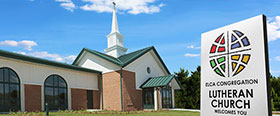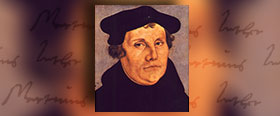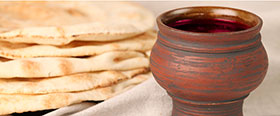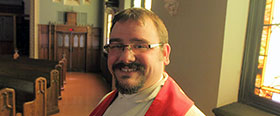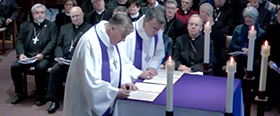The traditional rite of confirmation is an opportunity for (usually) young people to affirm their faith into which they have been baptized. Baptism, of course, is that grace-filled visible occasion in which we receive the forgiveness of sins, unconditionally become God’s children, die with Christ and receive new life in him, and become a part of the church which is Christ’s body.
Luther had said that when confronted with challenges in life, he could respond: “But I am baptized.” The challenge for Christians is thus how to remember that it indeed is our baptism that sustains us in all aspects of life, that God is with us throughout our lives that are founded in baptism … something that goes beyond a singular confirmation rite.
In North American Lutheran circles, confirmation has become a time to “affirm” one’s baptism, with the intention that it goes beyond a particular moment. And parts of the same liturgy are often used to welcome new church members, or to point to transitions in life.
In Japan, Kazuhiro Sato, pastor at the Matsumoto and Nagano two-point parish, created something new to the Japanese Lutheran scene. He explains of the particular Affirmation of Baptism service he formulated: “The affirmation of baptism is intended to remind us of the gift of grace that comes through baptism, and to re-confirm and re-live this as individuals in the grace of baptism.” The particulars of the rite included a commendation, prayer, profession of faith, and a public affirmation of baptism. After this, each participant’s name was read together with a laying on of hands. At the end, as the pastor splashed water over participants, the words were proclaimed: “through water and the Spirit, remember of your baptism, trust in God’s promises, and walk in the Word.” This became an occasion to re-confirm life in God’s grace.
What was particularly unique was that it was not aimed at everyone all at once. Those baptized between 15 and 60 years ago, at five year intervals, were invited to participate. With this, over the course of 5 years, every member can affirm anew their baptism. Pastor Sato says that this rite can also be used at times of recovery from illness, re-entering a life of faith, transfer of membership, and many other occasions.
[Information taken from the March 2010 issue of “Lutheran,” the monthly newspaper of the Japan Evangelical Lutheran Church]
Y. Franklin Ishida
Director for Asia and the Pacific, ELCA Global Mission

